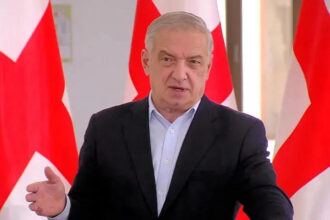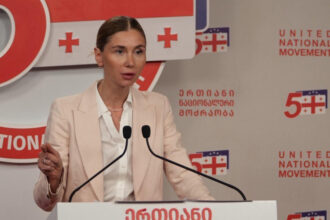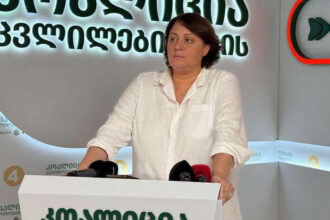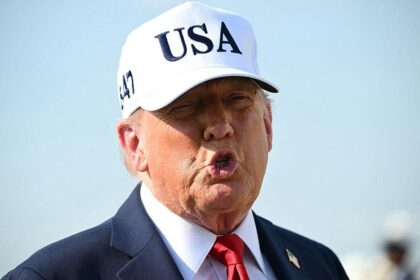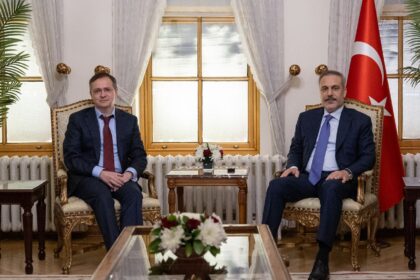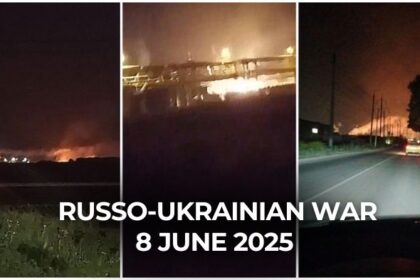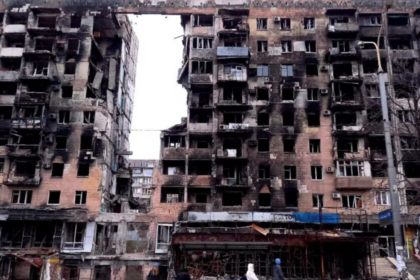**Prisoner Exchanges in the Ukraine-Russia War: A Transforming Trend**
The ongoing war between Ukraine and Russia has seen a significant evolution in prisoner exchanges, marking one of the few areas of direct cooperation between the two nations. Over the past three and a half years, the nature, size, and political significance of these exchanges have accelerated sharply.
According to data collected by KI Insights, an analytical research unit backed by the Kyiv Independent, Ukraine and Russia exchanged an average of 135 prisoners per month from February 2022 through May 2025. However, this figure has surged in recent weeks, with 277 individuals changing hands in April alone. This weekend’s exchanges are expected to bring home a record 1,000 brave Ukrainians.
**Institutionalization and Evolution**
The full-scale invasion brought two significant institutional changes to prisoner exchanges. Firstly, Russia became an official party to the conflict, allowing for direct negotiations between Ukraine and Russia. Secondly, Ukraine established the Coordination Headquarters for the Treatment of Prisoners of War, an interagency working group responsible for overseeing prisoner exchanges.
Under the leadership of Kyrylo Budanov, who took over in June 2022, the Coordination Headquarters has made meaningful changes, including defining priorities and processes for each agency involved. Data collected by KI Insights demonstrates the impact of institutionalization, with the average number of prisoners swapped per exchange increasing by approximately 50% each year.
**Russia’s Tactics and Motivations**
Despite these developments, Russia has continued to use prisoner exchanges as a tactic to exploit existing divisions in Ukrainian society and exert psychological pressure. The country has frozen prisoner exchanges at key points, including following the siege of Mariupol, and has been accused of torturing and killing Ukrainian prisoners of war.
For Russia, prisoners are seen as resources for psychological warfare and bargaining chips. While US pressure may have caused Russian President Vladimir Putin to agree to a prisoner exchange, it remains unclear whether this will lead to a broader ceasefire.
**Implications and Potential Future Developments**
The latest exchange is historic and could be a tipping point in the war. It may solidify the shadowy infrastructure built between warring states and set the stage for an all-for-all prisoner exchange. While the outcome is uncertain, one thing is clear: independent journalism needs a community to continue providing accurate information during these tumultuous times.
**Support Independent Journalism**
Read more about this story on kyivindependent.com Read More

